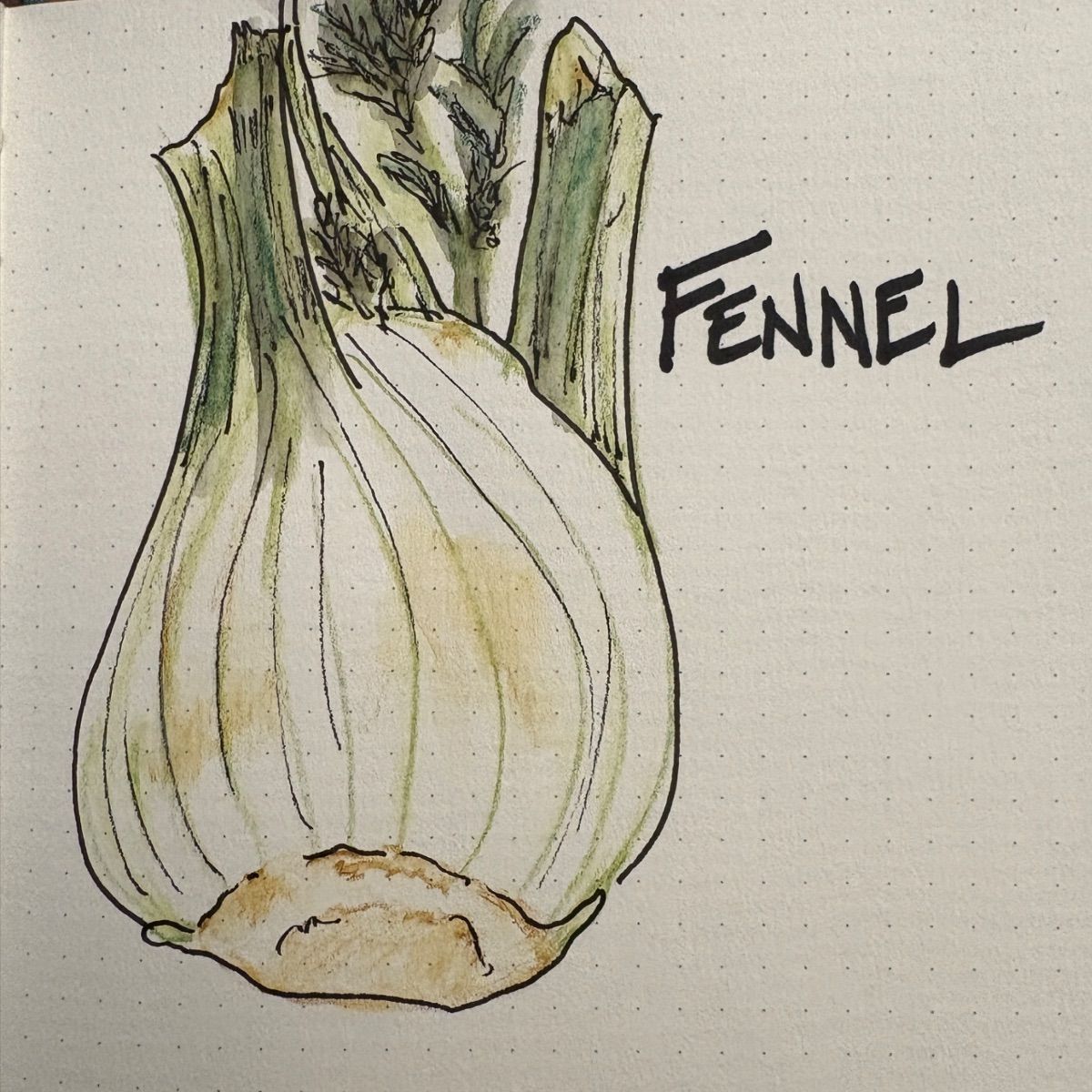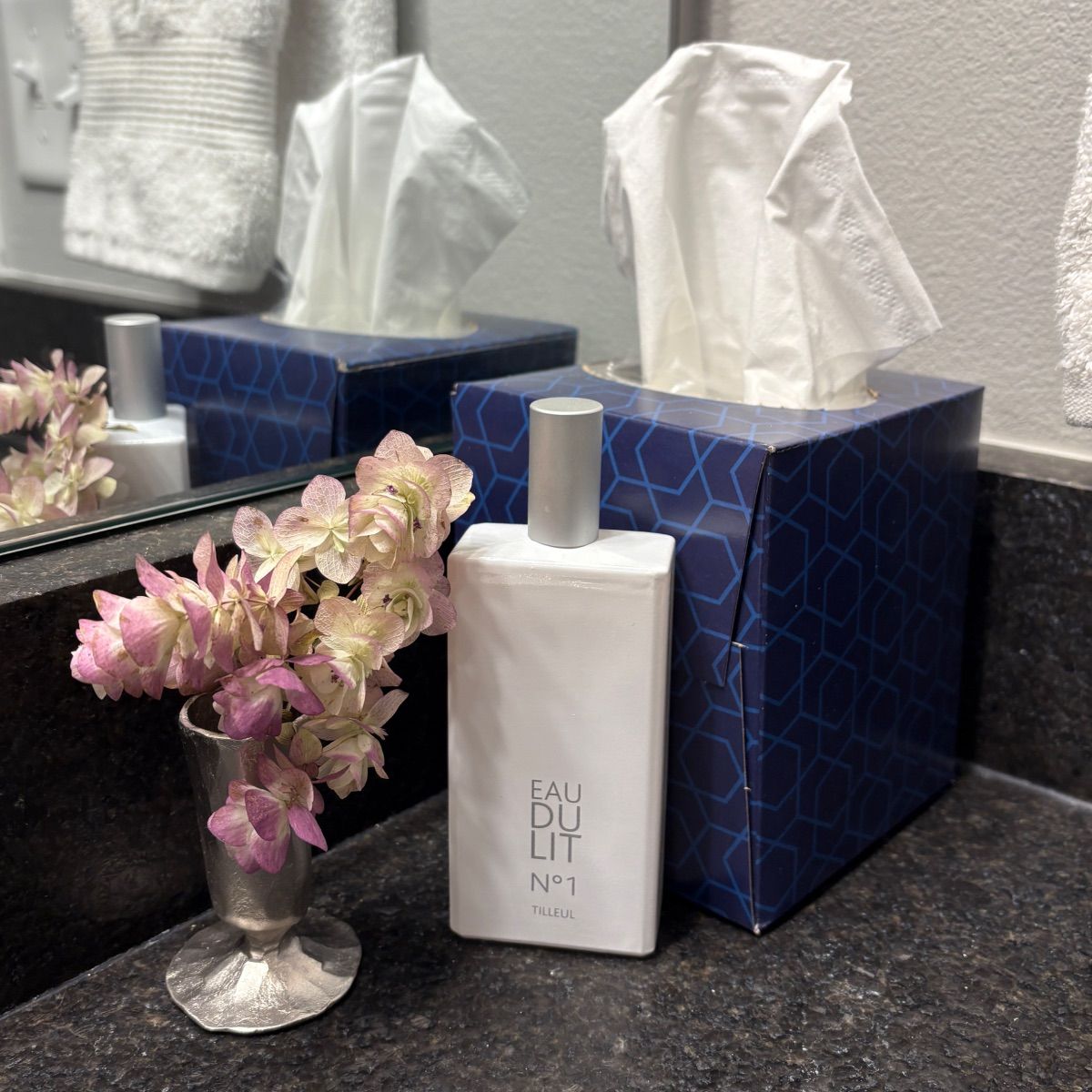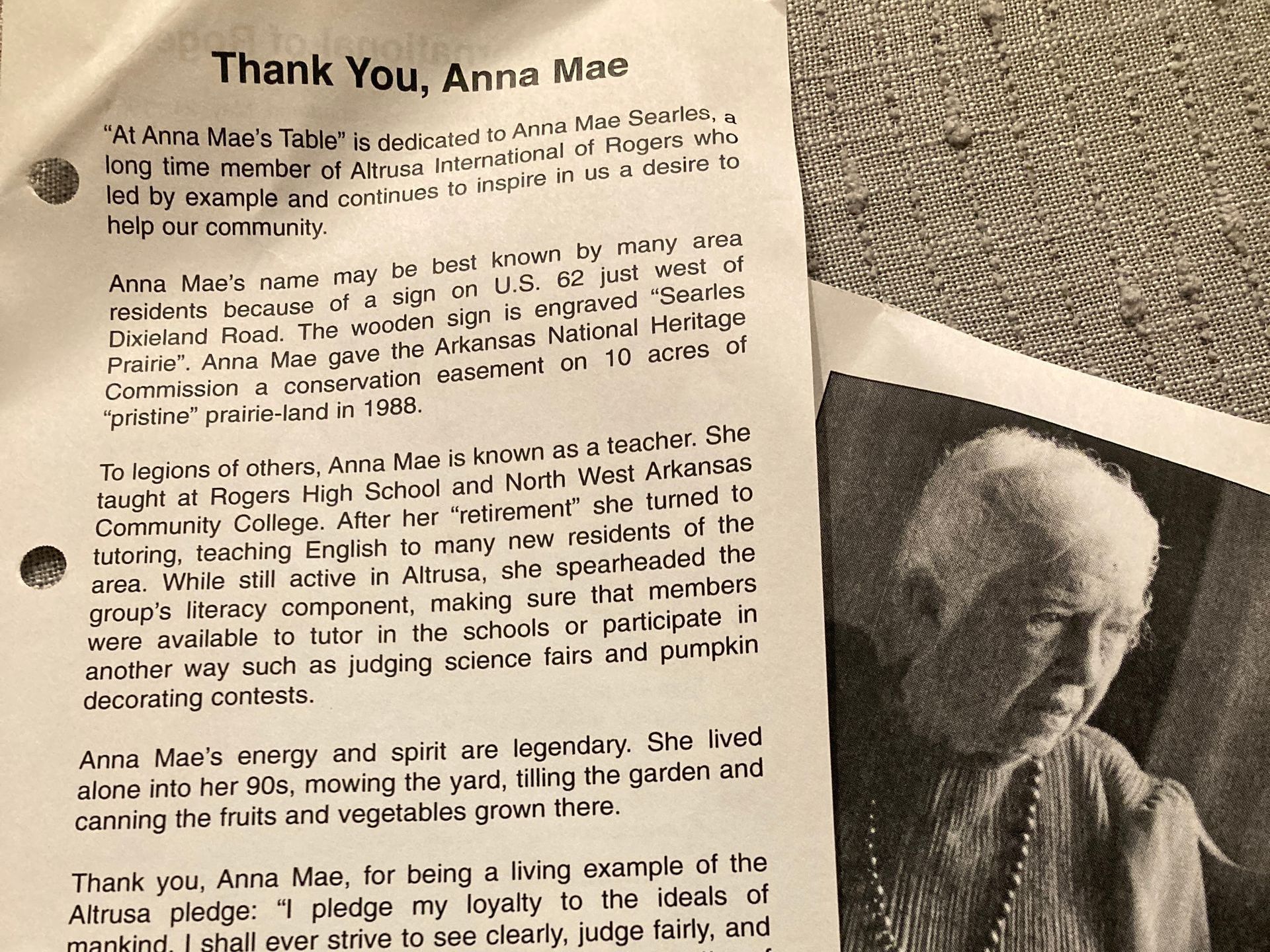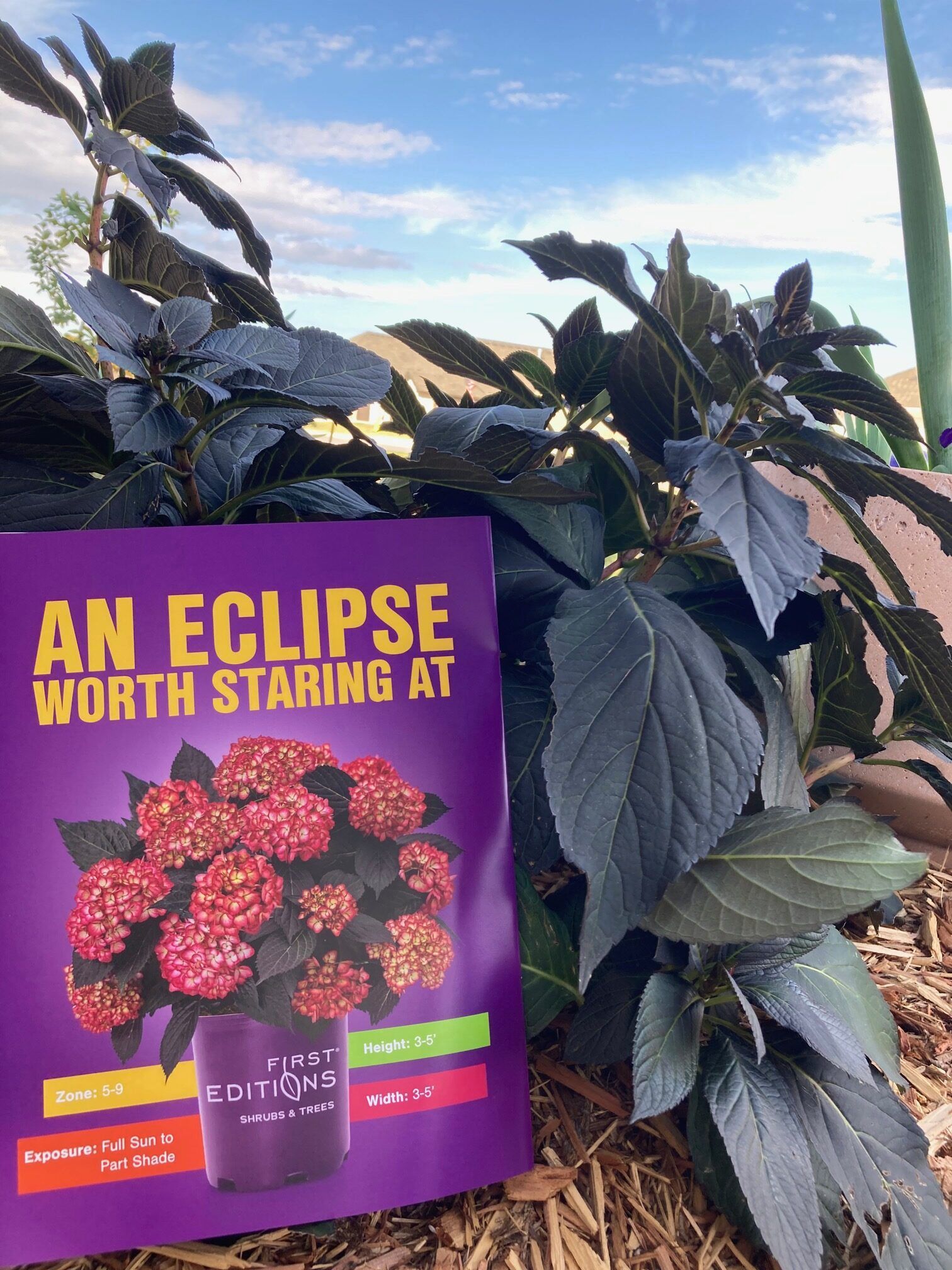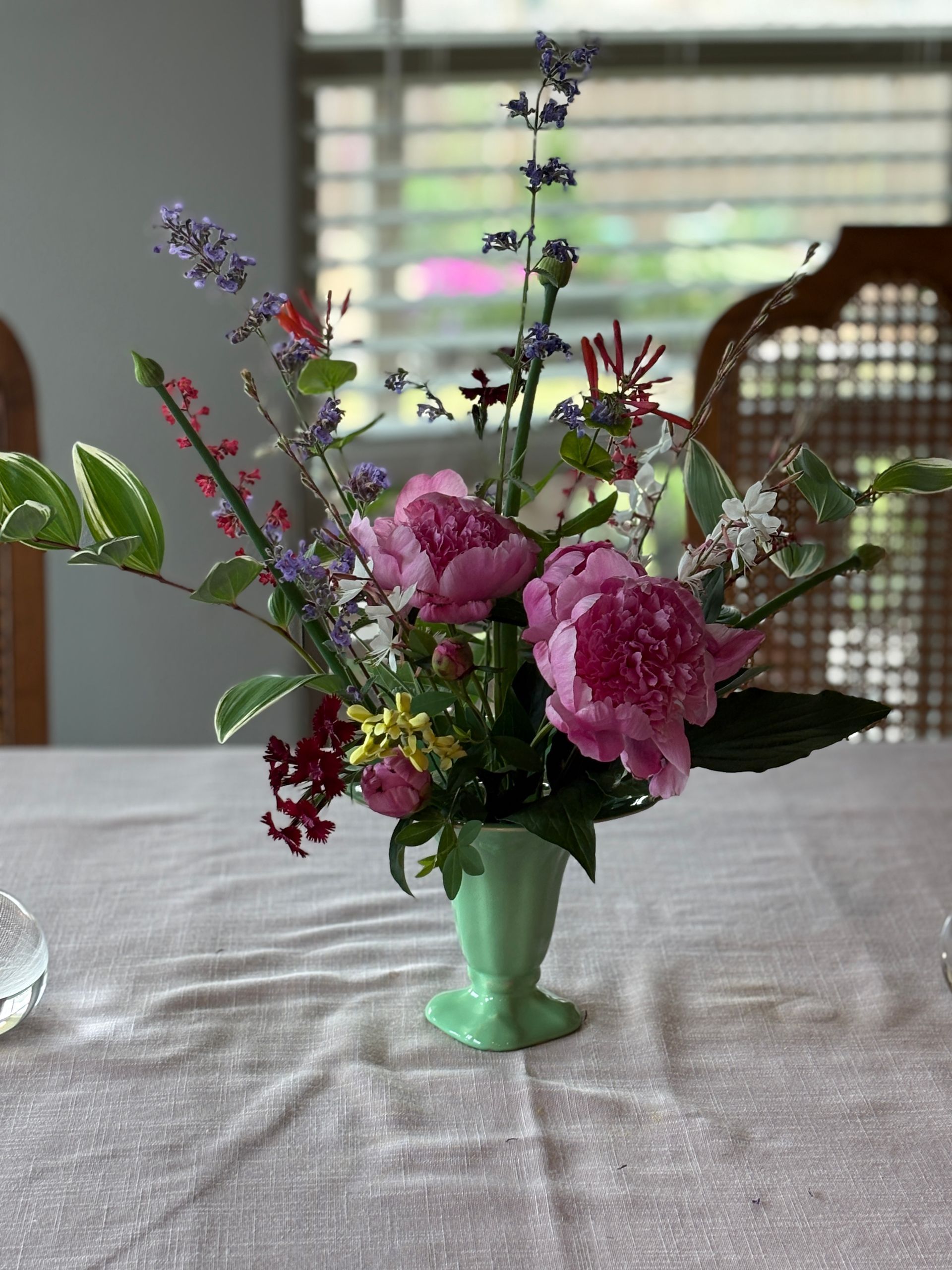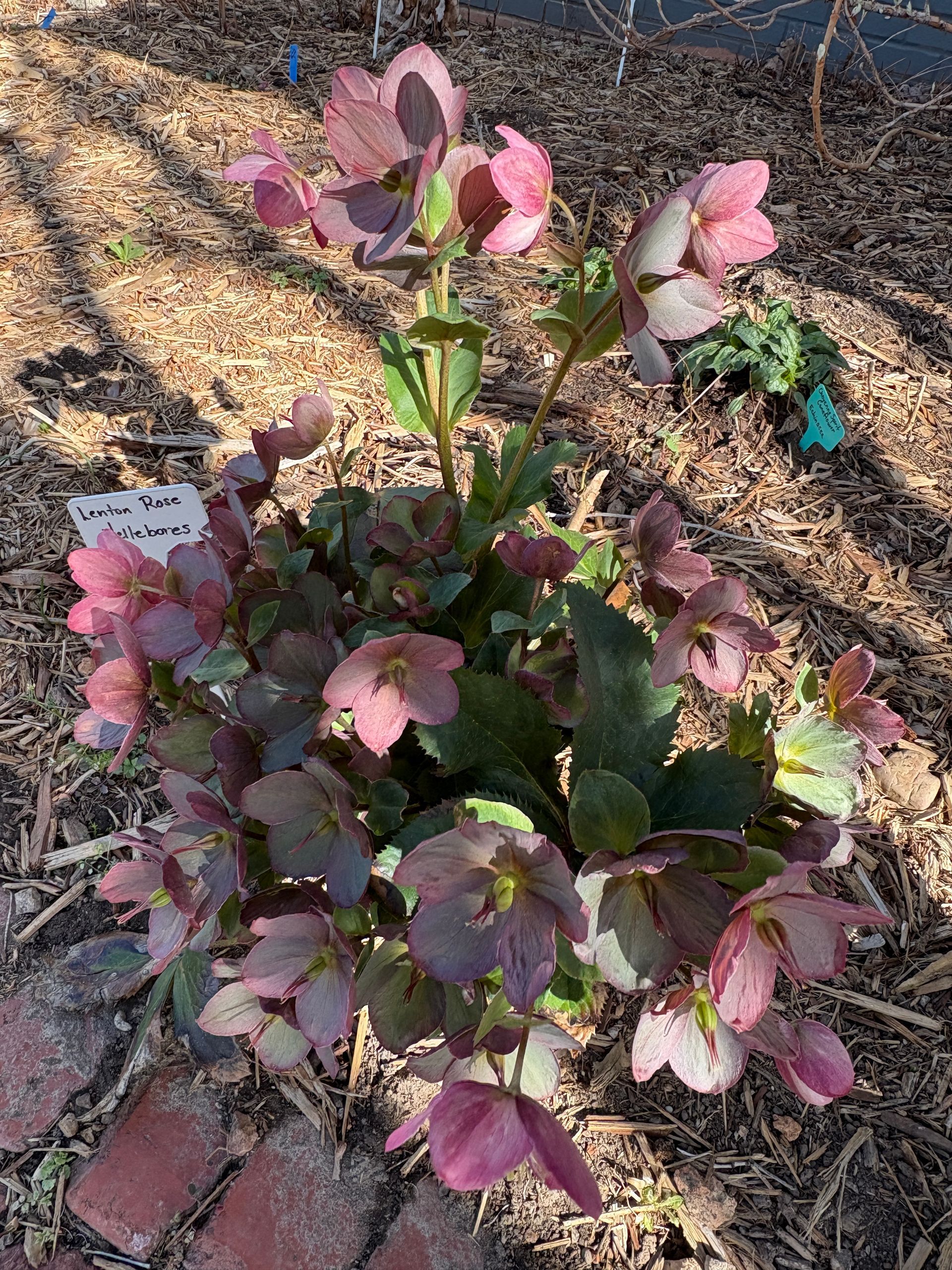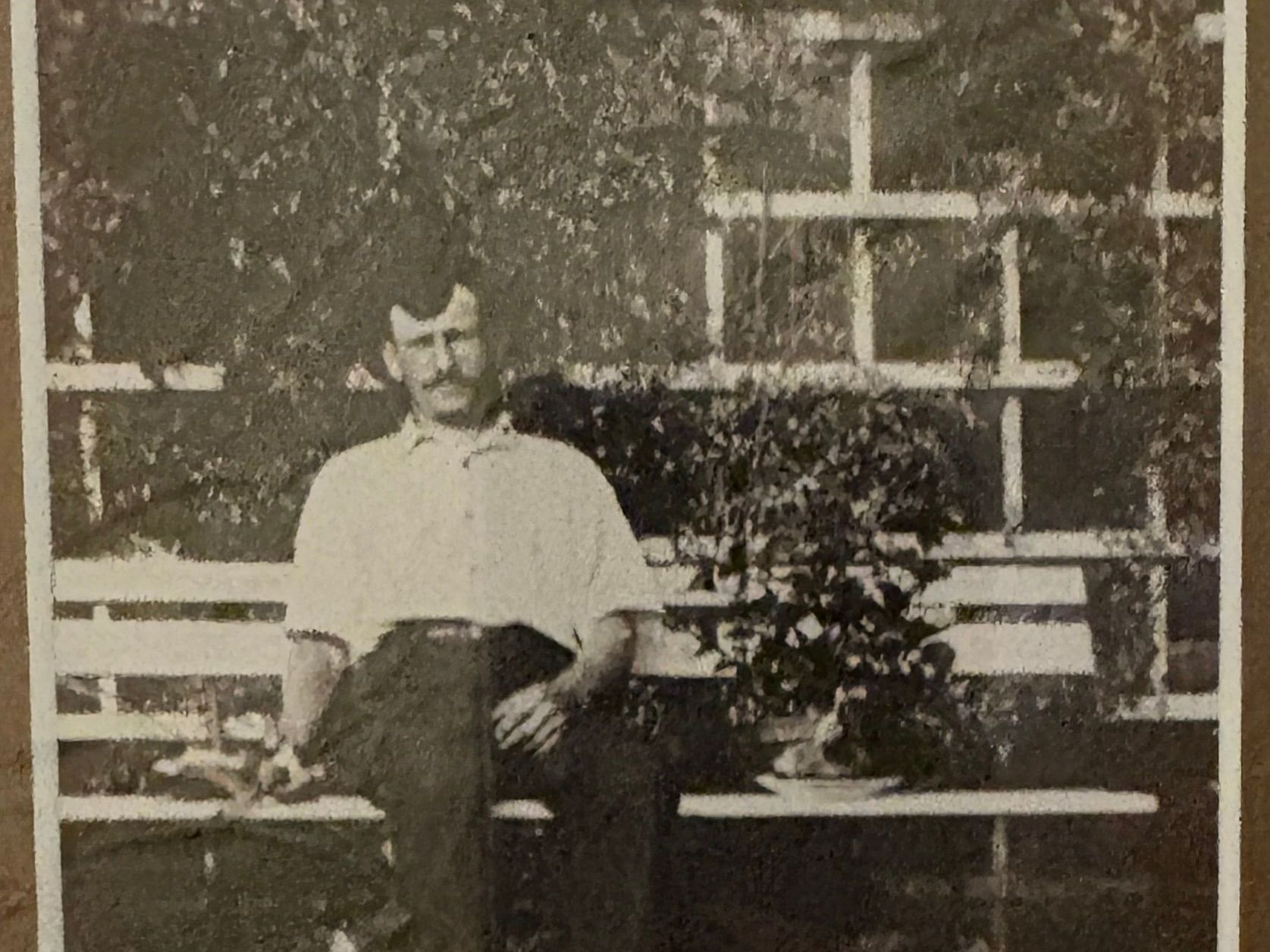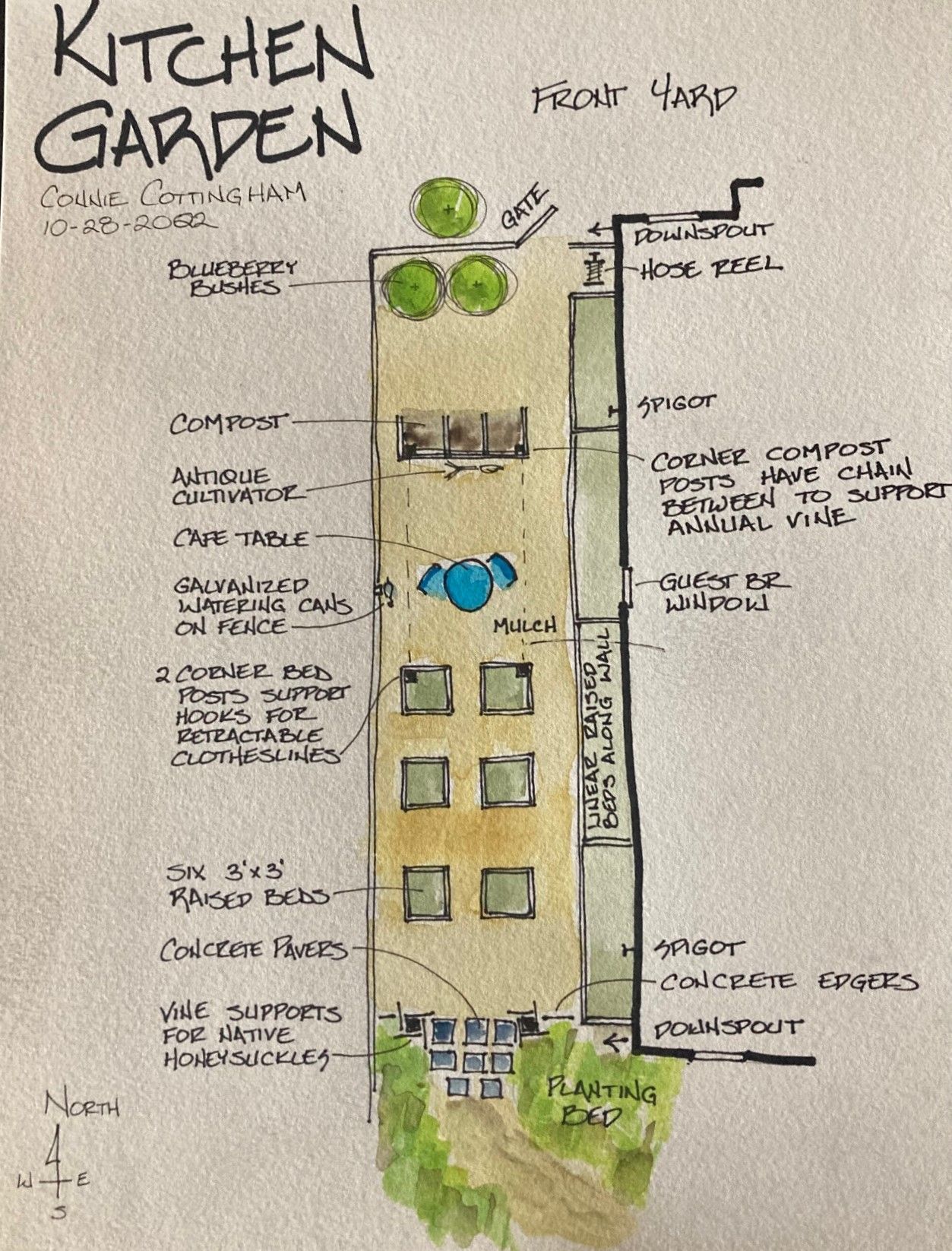An intro to my story
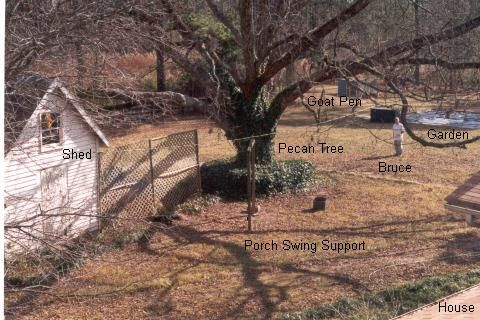
Hi, I’m Connie, and I have been gardening for decades. I am a landscape architect, a lifetime master gardener, a garden writer, a garden club member and spend almost every day in a botanical garden. I am also a gardener in the midst of change, emotion, travel and deep friendships. I am a gardener who is discovering that both gardens and people are constantly changing, each completely unique yet beautiful and with different strengths. I am discovering that both gardens and people respond very differently and quickly to care and neglect. I want to hold the hand of an uncertain gardener and tell them how to nurture their space and themselves, how gardening can bring joy and lessons, and how travel to other gardens can also bring joy and lessons. And I want them to understand the many ways a garden can give back to its caregiver.
In 2010 I lost my father, then my husband instantly to heart attacks. Dad left me with his little red pickup. He often told me “It’s a good truck” and that it would be mine when he was finished with it. He also often said “I look good for 92, don’t I?” Even to strangers in elevators. And he did. I actually thought he would end up giving me his truck when he decided he shouldn’t drive anymore. I was one of four children who each found a different way to connect with our father. I connected with Dad through gardening. As I grew up in Northwest Arkansas I weeded the vegetable garden and strawberry patch under his direction, took care of the orchids when he traveled, helped him build new planting beds, munched on apples as I walked and talked with him in the orchard, and visited botanical gardens and nurseries with him.
Bruce left me with the land – the land he promised we would find and cultivate together when he proposed to me in 1999. We bought our home on 5 acres that had recently been timbered and had an abundance of nandina, English ivy, blackberries, and red tip photinia. But it also had topsoil, which is not that easy to find in Georgia and the most amazing pecan tree that spans over 80’. On the day Bruce died the tall phlox were in full bloom on land that had a dozen chickens, 5 vegetable patches, 13 grapevines, 4 hops vines, 5 blueberries, 5 blackberries and 3 fig trees. I stared at the vivid pink phlox in those first few days after losing Bruce, amazed that it stayed so bright, beautiful and fresh as my whole world exploded.
Bruce also left me with many great memories: of picking poke salet in the front yard together, burning brush as we cleared the meadow (he made sure we had a garden hose, I made sure we had a bag of marshmallows), conversations about each tree planted as we wandered the front yard, raising baby chicks and a pair of goats to maturity, the porch swing he gave me one Christmas, harvesting wild elderberries on our property that he added his homemade wine, and discovering other gardens with him. And stories – stories he told of growing up as a sixth generation Arkansan, of the land given to his family for service in the Spanish-American war, and his childhood with sleeping porches, swimming holes, fried pies, and dinners from the garden and pasture. He promised me 50 years (the only promise he didn’t keep), but I am so grateful for the years we did have together that I cannot whine about not getting more.
So here I am, with the land and a truck and a love of gardening that both men shared with me. They were my cheerleaders, my council, the men I most loved in my life – and the two people who most encouraged my garden writing.
2010 was eventful in other ways. I also earned my a Certificate in Native Plants through The State Botanical Garden of Georgia, a program requiring 80 total hours of classroom instruction, volunteer time and field trips. I was named the Georgia Green Industry Association’s 2010 Communicator of the Year and Employee of the Year at The State Botanical Garden of Georgia, where I am coordinator of public relations and special events and work closely with our amazing Board of Advisors. In late 2010
I received a Chanticleer Scholarship, awarded to botanical garden employees for professional development and assuring that I would attend the 2011 annual meetings of the American Public Gardens Association and Association of Garden Writers. I also turned 50, took my first cruise (which reignited my love of travel), and served as president of my garden club (hey! – I live in the town where garden clubs started).
My writing career started almost 20 years ago when one of my landscape design clients marched into the local newspaper office with my newsletter, announcing “You need a garden column and you need her to write it!” That was the spark that led to over 600 newspaper garden columns for Morris News Service, the Athens (Georgia) Banner-Herald and Northwest Arkansas Morning News (many under my maiden name of Connie Fugedy). A columnist for Georgia Gardening and Southern Distinction magazines, I have also been published in Conifer Quarterly, History, Lee, Museum Store, Country Journal, GEORGIA, Columbia County, Georgia Family and New South Gardener magazines. As a Mark Twain fan, one of my biggest thrills was when I found out one of my columns was published in Hannibal, Missouri’s local newspaper.
I became a master gardener in Arkansas in 1990, went through the training again when I moved to Georgia and am now a Lifetime Master Gardener. I am also a registered landscape architect, receiving my degree from the University of Arkansas (I’ve already admitted my age, let’s not dwell on how many classes have graduated since mine).
I invite you to join me as we discover ways to make our gardens and us as gardeners thrive and bloom. Our gardens are expression of ourselves and continually changing wonders. Whether it is the latest variety, baby birds filling a nest, a tip that saves time or eliminates pests, a handful of blooms brought into our homes, or a perfect tomato picked from our garden, there are numerous joys and discoveries in our gardens for us to share.

